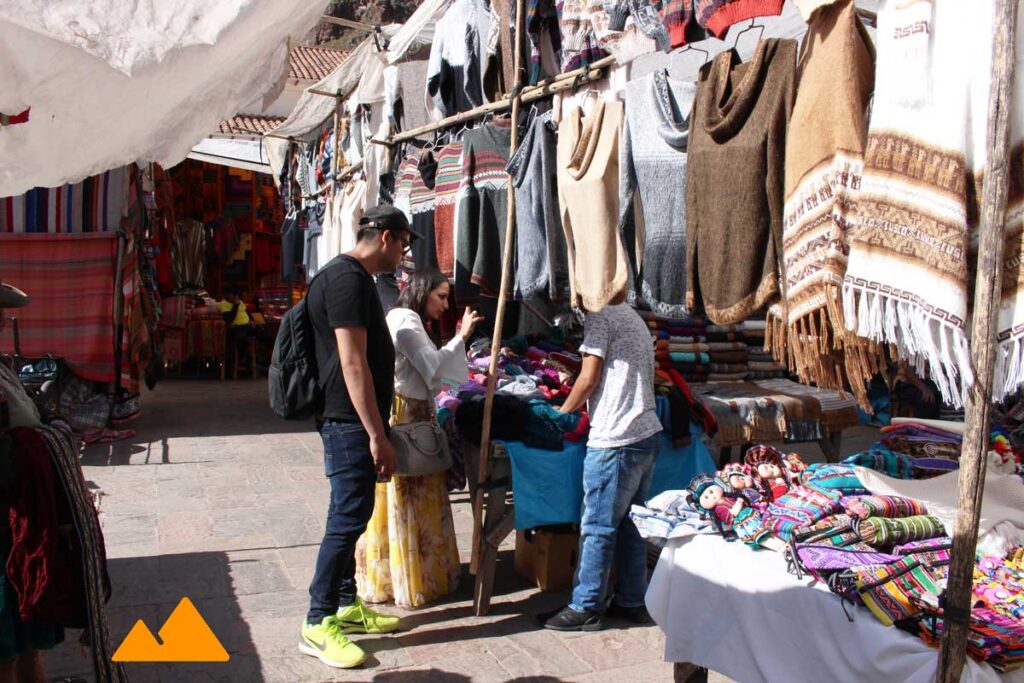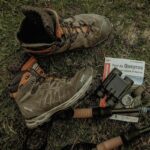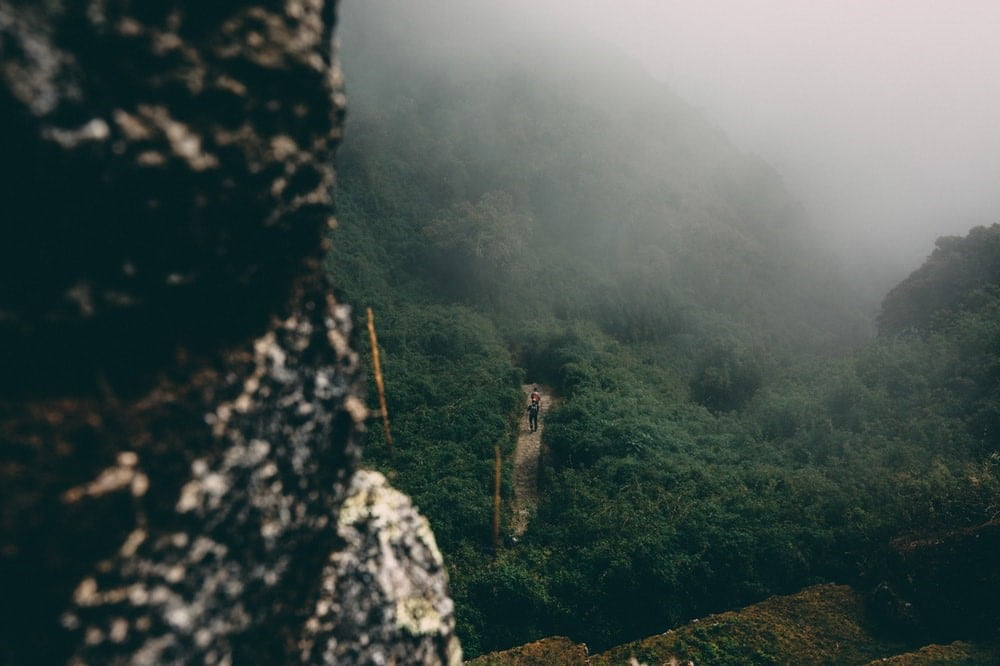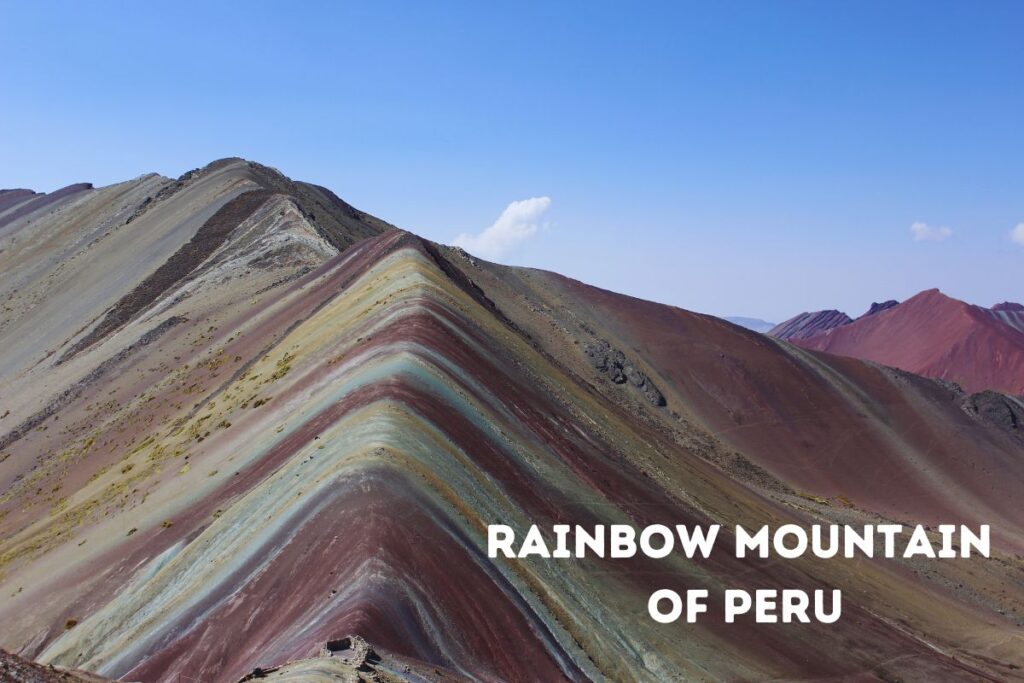Located in the heart of the Sacred Valley, Pisac Market is one of the most vibrant and culturally rich markets in Peru. Known for its traditional handicrafts, local produce, and authentic Incan culture, Pisac is a must-visit for anyone traveling through the region. As a local would tell you, Pisac Market isn’t just a place to shop; it’s a place to immerse yourself in the life of the Andean people. In this guide, we’ll cover everything you need to know about visiting Pisac Market, from the best days to go to travel tips for getting there, and how to experience it like a true local.
Must do Tours
Pisac Market Days
While Pisac Market is open every day, the experience varies depending on the day of the week. Here’s a breakdown of what to expect:
1. Sunday – The Best Day to Visit
Sunday is the most vibrant and popular day to visit Pisac Market. It’s when the market is at its busiest and most colorful. On Sundays, you’ll find an abundance of local artisans, farmers, and craft vendors who come from nearby villages to sell their handmade goods, produce, and textiles. It’s also when the traditional Andean performances and live music take place, giving you a true taste of local culture. For those looking to experience the market in its full glory, Sunday is the best day.
2. Tuesday and Thursday – Quieter Days
Tuesday and Thursday are still lively but much less crowded than Sundays. These days are perfect if you prefer a more relaxed experience, with fewer tourists. The market is still filled with local vendors selling handmade goods and fresh produce, but you can explore the market at your own pace without the hustle and bustle of the weekend crowds.
3. Monday, Wednesday, and Friday – Low-Key Days
On Monday, Wednesday, and Friday, the market is less crowded, and you’ll find fewer local vendors compared to the other days. While some stalls are still open, the variety of goods might be slightly reduced, and the atmosphere is generally quieter. These days are good if you prefer a more peaceful and less touristy visit.
What to Expect at Pisac Market
As you stroll through Pisac Market, you’ll be struck by the vibrant colors and diverse array of goods. The market is divided into two main sections:
- The Handicraft Section:
This part of the market is where you’ll find all the traditional Andean handicrafts. Here, local artisans display their woven textiles, handmade jewelry, ceramics, and wooden carvings. You’ll see everything from brightly colored woolen scarves, ponchos, bags, and blankets to intricate beaded necklaces and pottery featuring Incan symbols. Tip for Bargaining: Don’t be afraid to negotiate. Locals often expect a little back-and-forth. A friendly, respectful approach can help you get a better price. - The Food Section:
In the food section of the market, you’ll find an assortment of fresh local products, including organic vegetables, fruits, herbs, and traditional snacks like empanadas and tamales. It’s the perfect place to sample some of the best produce from the Sacred Valley. Be sure to try the Peruvian corn or corn beer (chicha), a traditional Andean drink. For a true local experience, look out for herbal remedies—locals sell medicinal plants, teas, and even natural sunblock made from Andean herbs.
How to Get to Pisac Market from Cusco
Getting to Pisac Market from Cusco is easy, and there are a few options depending on your preference and budget. Pisac is about 33 km (20 miles) from Cusco, and the journey takes approximately 45 minutes to 1 hour by car.
Here are the best ways to get there:
- By Taxi:
If you prefer comfort and privacy, you can hire a taxi from Cusco. It’s more expensive than the public transport options, but it offers a direct route to Pisac Market. Expect to pay around 40-50 soles ($10-$15 USD) for a one-way trip. Taxis are available in Plaza de Armas or can be arranged through your hotel or tour provider. - By Bus (Collectivo):
For a more affordable option, you can take a collectivo (shared minibus) from Cusco to Pisac. Collectivos leave regularly from Wanchaq Station (near the city center) or from the main bus station. The cost is around 5-10 soles ($1.50-$3 USD) for a one-way trip. These minibuses are usually filled with locals and tourists alike, offering a more authentic, albeit less comfortable, experience. - By Private Tour:
Many tour operators in Cusco offer half-day or full-day tours to Pisac Market, which often include a visit to Pisac Ruins and the market. This is a great option if you prefer a guided experience that includes transportation and insights into the area’s history and culture. Prices typically range from 200 to 350 soles ($80-$100 USD) per person, depending on the tour.
Tips for Visiting Pisac Market Like a Local
Arrive Early:
To get the best selection of items and enjoy a peaceful atmosphere before the crowds arrive, it’s best to get to the market early, ideally before 9 AM.
Interact with Locals:
The market is a fantastic place to engage with the local Quechua-speaking people. Don’t hesitate to ask them about their crafts or the history behind the items they sell. Many artisans are happy to explain the stories behind their work.
Try the Local Cuisine:
When visiting the food section of the market, try some traditional Peruvian dishes like empanadas, tamales, and papas a la huancaina. For a refreshing drink, try chicha morada, a sweet corn-based beverage, or mate de coca (coca tea), a common remedy for high-altitude discomfort.
Respect Local Traditions:
When photographing the locals, always ask for permission first, especially if you want to take close-up pictures of people or their crafts. It shows respect for their privacy and cultural traditions.
Conclusion: Why Pisac Market in Cusco is a Must-See
Whether you’re in search of authentic Incan textiles, handmade jewelry, or a taste of traditional Andean cuisine, Pisac Market offers a rich and vibrant experience that reflects the heart and soul of Peruvian culture. From its colorful handicrafts to its bustling atmosphere, Pisac Market is a must-see stop for anyone visiting the Sacred Valley. Take your time to explore, interact with locals, and immerse yourself in the sights and sounds of this extraordinary market.
FAQ – Pisac Market
What time does Pisac Market open?
Pisac Market opens every day, but it’s busiest and most vibrant on Sundays opens 6 am. For the most peaceful experience, try to visit early in the morning.
2. How do I get to Pisac Market from Cusco?
You can take a taxi, collectivo, or join a tour group to get to Pisac from Cusco. The journey usually takes around 45 minutes to 1 hour.
3. What can I buy at Pisac Market?
You can find handmade textiles, ceramics, jewelry, pottery, fresh produce, and local Andean food.
4. Is it safe to visit Pisac Market?
Yes, Pisac Market is generally safe for tourists. Just follow common-sense precautions such as keeping an eye on your belongings and avoiding overly crowded areas.
5. How much should I budget for a visit to Pisac Market?
For transportation, budget around 5-10 soles for a collectivo or 40-50 soles for a taxi. Budget more if you plan to buy souvenirs or food at the market.
I am Carlos, founder of Machu Picchu Soul, a local tour operator and travel agency based in Cusco, Peru. My journey in tourism began as a porter on the iconic Inca Trail, where I developed a deep connection with the land and its history. After years of dedication, I became a professional tour guide, honing my skills to deliver exceptional experiences. With over 15 years of expertise, I decided to establish Machu Picchu Soul to combine my passion for authentic travel with a commitment to supporting local communities and creating unforgettable adventures for our guests.




